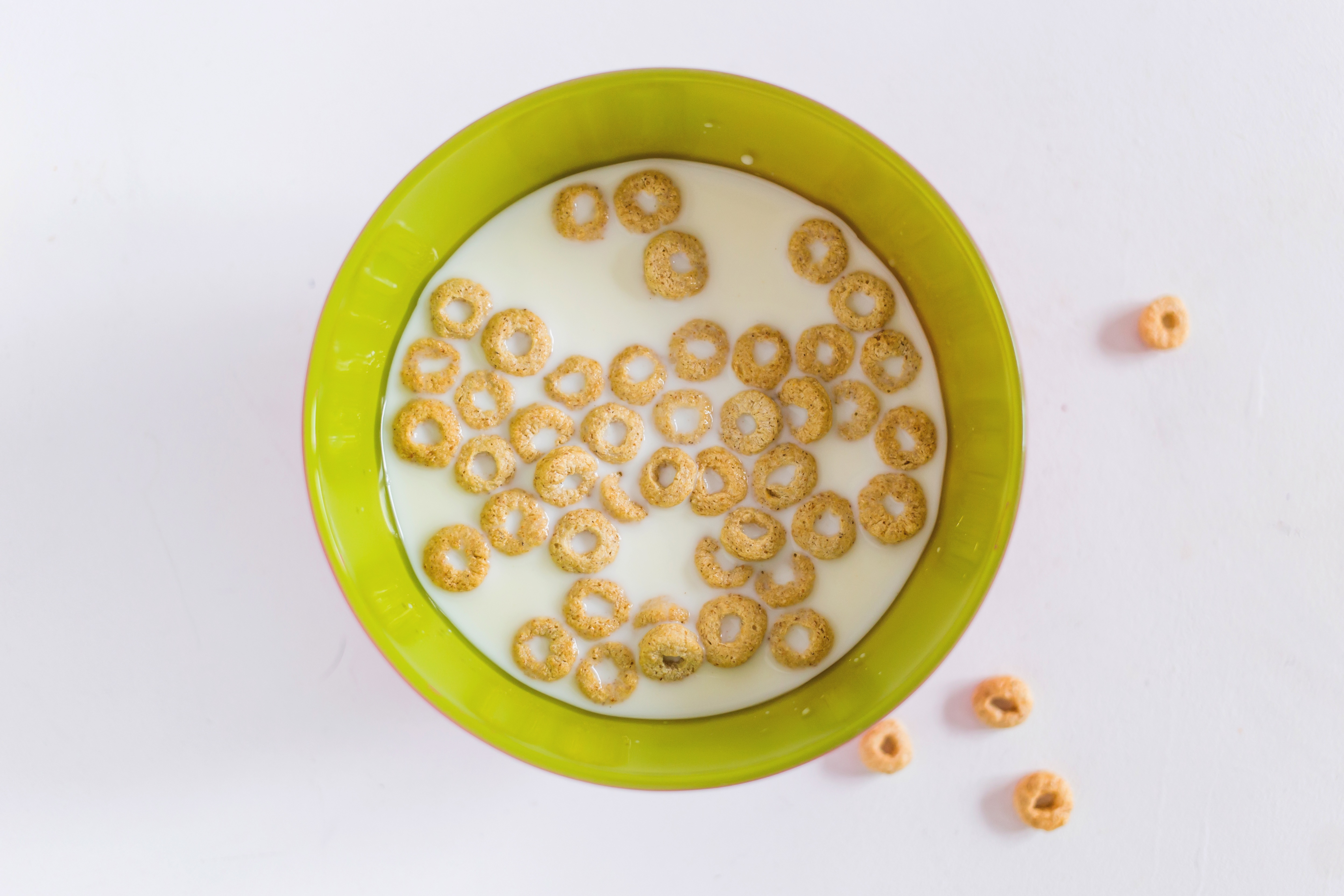Today’s article is for anyone out there who has struggled with acne but had little success with the numerous face washes, topical creams and medications on the market to treat the condition. Unfortunately, I can’t sit here today and tell you that there is overwhelming evidence that changing your diet will absolutely fix your acne. What can I tell you, is that there is enough evidence on the subject that I feel it is worth sharing with anyone who is interested in how their food choices may be contributing to acne.
There is no denying the fact that acne is a big deal, especially for teenagers. It is the most common skin issue worldwide and it has a significant impact on the quality of life of those who have to deal with it. Given how relevant of an issue it is in modern society, there is a surprisingly limited amount of high quality research that looks into the interaction between food choices and acne. The research that is available points to one very specific dietary change that has been shown to have the most potential to reduce the occurence of acne.
The Acne-Diet Connection
After reviewing a great deal of the available research, the most credible factor I found linking dietary habits to acne was in relation to the glycemic index (GI) of foods. There was a reasonable, but not overwhelming, body of evidence to suggest that consuming lower glycemic index foods may help prevent acne.
What is the Glycemic Index
The glycemic index (GI) is a measure of how much a carbohydrate containing food raises your blood sugar. Although not always, it is often the case that foods we consider to be “healthier” also raise our blood sugars less and are lower in glycemic index. Highly refined carbohydrates, such as sugary cereals and white rice, are higher in glycemic index and raise our blood sugar much more. For this reason, it is generally sound advice to choose lower glycemic index foods more often, whether you have acne or not.
Let’s take a look at the changes you can make today to introduce more lower glycemic index foods into your diet and potentially help prevent acne.
The 7 Changes You Can Make to Help Fight Acne
1. Choose sweet potatoes rather than baking ( russet) potatoes: Sweet potatoes ( & yams) are much lower in glycemic index than baking potatoes while still containing all the same fibre and nutrients ( plus more vitamin A!).
2. Choose 100% whole grain bread/bagels/pasta over white bread/bagels/pasta: Whole grain varieties of these food items are generally higher in fibre and nutrients and lower in glycemic index than their white counterparts.
3. Choose a high fibre/low GI breakfast cereal such as All bran, Oat Bran, Bran Buds or Fibre one: These cereals are lower in glycemic index and generally much better choices than commonly available sugary cereal varieties that teenagers might eat.
4. Choose converted rice, brown rice or quinoa instead of sticky white rice: Commonly available varieties of white rice are very very high in glycemic index, choose just about anything but.
5. Choose steelcut oatmeal instead of instant oatmeal: This may surprise some, but instant oatmeal ( ie: microwave packets) is extremely high in GI, primarily due to how heavily processed it is. I strongly recommend trying steelcut oatmeal, it takes longer to cook but it is much lower in GI and tastes much better.
6. Limit treat foods such as cookies, candy, muffins, donuts, pops, fruit drinks, ice cream, sugary cereals, french fires and fast food: These food are generally all higher in GI, higher in calories and very low in nutrients. Limiting these foods is an important part of anyone’s diet, and may prove to be particularly important for those with acne issues. Choosing whole fruit over fruit drinks would be another excellent choice here.
7. Follow the Canadian Food Guide Servings Sizes: No matter who you are, it is always advisable to eat in a healthy and balanced way, especially when it comes to fruits and vegetables. There is also some limited evidence that excessive meat and dairy consumption may contribute to acne, so try to stick to the food guide limits when consuming these foods. You should also ensure you are consuming multiple servings of fish on a weekly basis as there is some limited evidence this may help with acne as well.
Final Thoughts
Although the availabe evidence on the impact of low glycemic index food choices on acne is not overwhelming, I still believe it is worth an honest attempt.At the very least, these changes will cause your diet no harm and actually improve its overall quality.
Having struggled with acne my self in the past, I appreciate how difficult of an experience it can be. I wish I had even stronger and more compelling evidence to share with you today, but I do hope what I have suggested helps you in some way. As always, I wish you the best in your food and nutrition related endeavours.
Andy De Santis RD MPH



